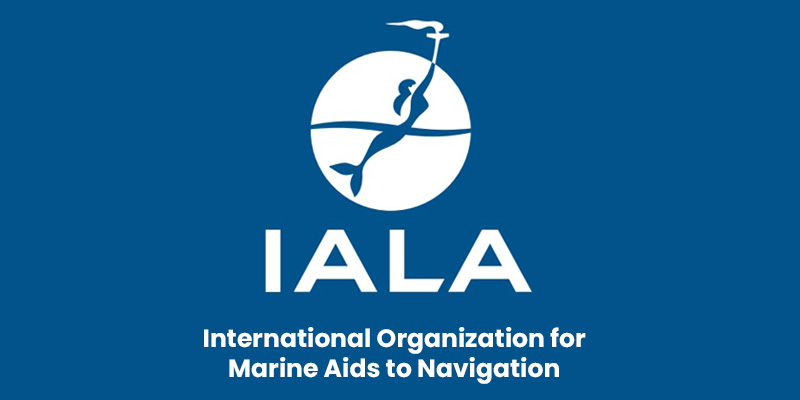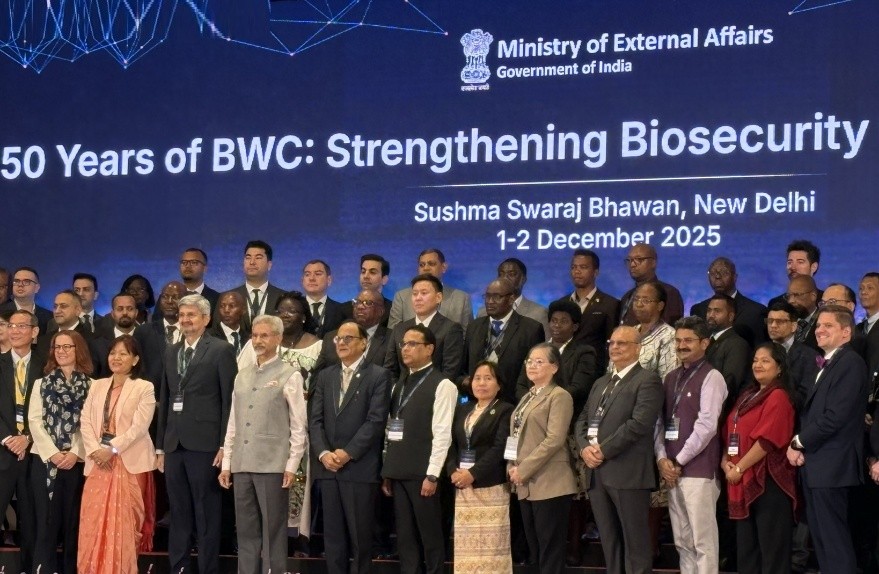Font size:
Print
India’s Diagnostics Sector
Context:
The Indian diagnostics sector was valued at ₹860 billion in FY24 and is projected to grow to ₹1,275 billion by FY28. The industry is witnessing rapid growth due to factors such as increasing disease burden, rising health awareness, and technological advancements.
Overview of the Diagnostics Industry
- The industry is divided into two major segments:
- Pathology: Involves disease diagnosis through tissue, cell, and fluid examination.
Key Achievements and Major Players
- Expansion of Diagnostic Services
-
- Growth of national diagnostic chains like Dr Lal PathLabs, SRL Diagnostics, and Metropolis Healthcare.
- Entry of telemedicine and online aggregators improving accessibility.
- Increased penetration of diagnostics in tier 2 and 3 cities.
-
- Advancements in Technology
-
- AI-powered diagnostics, automation, and at-home testing solutions are revolutionising the sector.
- Adoption of digital pathology and remote radiology solutions.
High-End Diagnostics and Future Prospects
- Growth in advanced radiology (MRI, CT scans, nuclear imaging) driven by demand for precision medicine.
- Increasing focus on genomic testing and molecular diagnostics for personalised treatments.
- Expansion of telemedicine and home-based diagnostics, making healthcare more accessible.
- Radiology: Uses imaging techniques like X-ray, MRI, and CT scans for disease diagnosis.
- Market Composition:
- Standalone centres (46%)
- Private hospital labs (28%)
- National diagnostic chains (6%)
- The industry contributes significantly to preventive healthcare, disease monitoring, and early diagnosis, reducing overall healthcare costs.
Regulatory Framework of the Diagnostics Industry
- The Clinical Establishments (Registration and Regulation) Act, 2010 mandates registration of diagnostic centres but is enforced in only 12 states and UTs.
- Some states, like Kerala and Karnataka, have separate regulations, but enforcement remains weak.
- NABL (National Accreditation Board for Testing and Calibration Laboratories) accreditation is voluntary, leading to quality discrepancies.
Challenges in the Diagnostics Sector
- Fragmented Market and Lack of Standardisation
- The sector lacks uniform pricing and quality standards.
- Many labs operate without accreditation, and reports are often signed by “ghost pathologists” without proper supervision.
- Shortage of Skilled Workforce
- Many diagnostic labs rely on unqualified technicians, leading to potential misdiagnoses.
- Shortage of trained microbiologists and pathologists, affecting quality control.
- Limited training programs and skill upgradation for lab personnel.
- Urban-Rural Disparity
- Only 24% of diagnostic revenues come from rural areas, despite 70% of India’s population residing there.
- Government labs are understaffed and underfunded, increasing dependence on private facilities.
- Issues in Public and Private Labs
- Private labs suffer from low entry barriers and weak regulation, leading to variable quality.
- Government labs face resource constraints, outdated equipment, and limited working hours.
- Reports of fraudulent use of doctors’ names in unauthorised labs.
- High Diagnostic Costs
- Private labs charge unregulated fees, making services unaffordable for many patients.
- Initiatives like Telangana’s T-Diagnostics Programme and Kerala’s Aardram Mission aim to provide affordable diagnostics but face resource constraints.
Impact of These Challenges on Patients
- Delayed or inaccurate diagnosis due to unqualified personnel and poor lab standards.
- Limited access to quality diagnostics in rural areas, increasing healthcare disparities.
- High costs in private labs create a financial strain on patients, affecting timely medical interventions.
Government Investment in the Diagnostics Sector
- Ayushman Bharat Health Infrastructure Mission (AB-HIM) aims to strengthen diagnostics in public hospitals.
- Increased budget allocation for rural healthcare and diagnostic centres.
- Expansion of state-run diagnostic programmes to offer free or subsidised testing.


